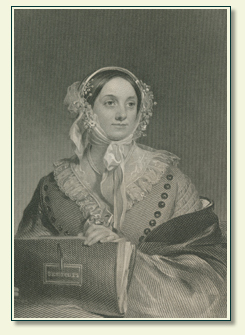
Although a member of the prestigious Fishmongers' Company, William had been an apprentice for nine years to an importer of fineries from Milan and had established his own business selling small wares.

In 1633, Mary married William Dyer in St. She had a brother, William, and was well-educated. Her story is one of the most compelling stories of the seventeenth century, a time when America was defining itself and much was up for grabs.Ībout 1611, near or in London, the woman who would become known as Mary Dyer was born Marie Barret Almost nothing is known of her parents, who seem to have died when Mary (as we will call he) was young. But Mary’s martyrdom also contributed to the birth of religious freedom in America. Ultimately, Mary's public actions in support of her religious beliefs led her to the gallows on Boston Neck, the first woman executed in America for acting on her religious beliefs: Mary Dyer, "the Quaker Martyr."ĭyer’s story reveals much about the intolerance of colonial America in the mid-1600s. Determined to spread the good news, Mary returned to New England as a Quaker missionary.

For Mary Dyer, her spiritual quest took her from England to Boston to Rhode Island, back to England, where she became an ardent member of a new religion -a Quaker, or a member of the Society of Friends as they are now more formally known.

Mary Dyer walking the mile to her execution site. The Life, Trials, and Execution of Mary Dyer: An Account


 0 kommentar(er)
0 kommentar(er)
